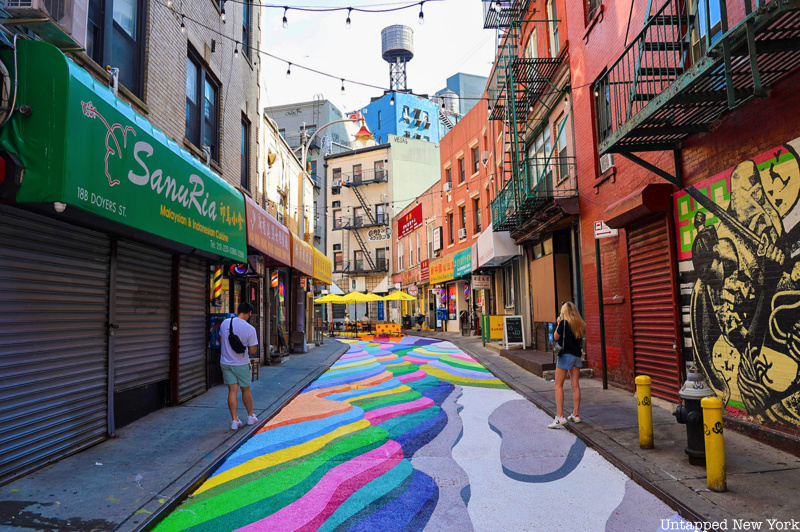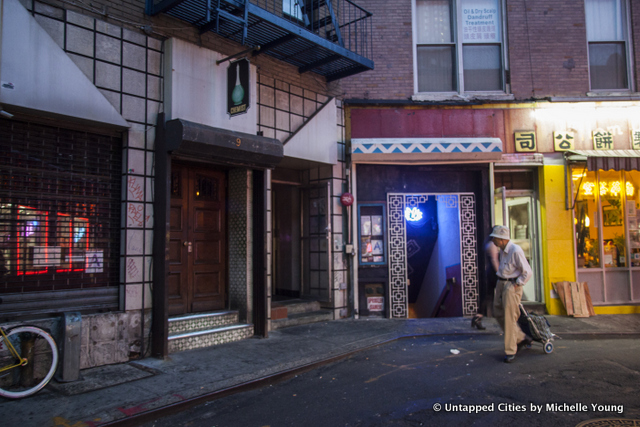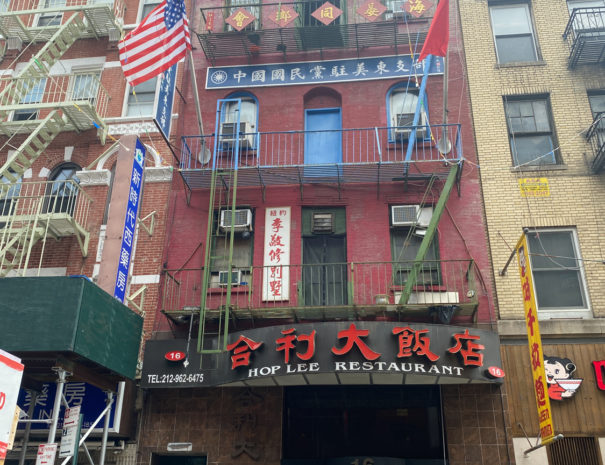
Today, the New York metropolitan area contains the largest ethnic Chinese population outside of Asia, with an estimated population of 893,697 as of 2017, As one of 12 Chinatown neighborhoods in the area, Chinatown in Manhattan is home to the highest concentration of Chinese people in the western hemisphere and stands as one of the oldest Chinese ethnic enclaves in the United States. Historically, Chinatown has been primarily populated by Cantonese speakers, but since the 1990s, an influx of Fuzhounese-speaking immigrants have formed their own sub-neighborhood known as Little Fuzhou east of the Bowery.
Though the neighborhood has been overtaken in size by Chinatown’s in Flushing, Queens, and Bensonhurst, Brooklyn, Manhattan’s Chinatown continues to be a haven for Chinese-American culture and cuisine. From its dark and bloody gang history to the rich scenery it has provided for countless films, Manhattan’s Chinatown has much to discover. Read to learn more about the history, culture, and legacy of one of New York City’s most influential and well-known neighborhoods.
Uncover the history of Chinatown before it was Chinatown on an upcoming Untapped New York Insider tour of the neighborhood on May 20th!
1. Doyers Street used to be known as “The Bloody Angle”

Doyers Street, named after Dutch immigrant Hendrik Doyers, is a 200-foot-long block in Chinatown that bends sharply in the middle at an almost 90-degree angle. Though the street today houses some of Chinatown’s most iconic establishments, including Nom Wah Tea Parlor and Chinese Tuxedo, it was once known as the deadliest street in America — earning the infamous title “The Bloody Angle.”
In the early 1900s, two major factions in Chinatown fought for control of the neighborhood: the Hip Sing Tong (along with their allies the Four Brothers), and the On Leong Tong. Both came to run the area’s opium dens, entertainment centers, and prostitution rings without much interference from local law enforcement. Doyers Street’s Chinese Theatre served as a neutral meeting ground for the two gangs. This all changed on the night of August 7, 1905, when during a performance of a play entitled “The King’s Daughter,” members of the Hip Sing gang fired shots into a crowd of over 400 people, claiming the lives of three.
Tensions continued to escalate between both gangs, reaching a fever pitch in 1909 over the murder of a sex slave named Bow Kum, who was first purchased by a Four Brothers member named Low Hee Tong in San Francisco. After being arrested, Kum was taken to a Christian missionary where she married Tchin Lee, an On Leong Tong member. When Tong demanded the money he paid for Kum from Tchin, his request was denied. In retaliation, on August 15, 1909, a Hip Sing hit man stabbed Kum in the heart, killing her.
What followed was an all-out war that took the lives of more than 50 people. During the fighting, both sides used hatchets as weapons, often waiting around one side of Doyers Street for their victim to turn the corner before slashing them and escaping via a series of underground tunnels. Eventually, as establishments in the area began losing business due to the violence, a truce was finally reached in 1913 — though it would not become permanent until 1994. That same year, a New York Times article published that more people had violently died at “The Bloody Angle” than at any other intersection in America.






